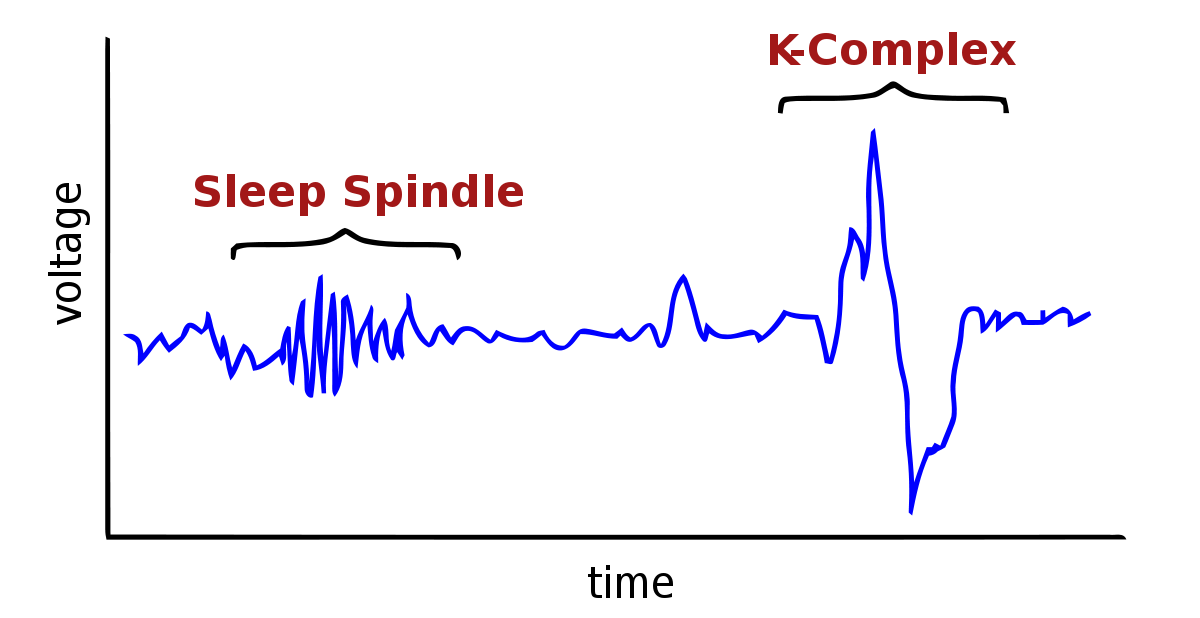Answer: Clive Wearing taught us about hippocampal dependent formation of long term memory.
Clive Wearing is a prominent British musician. In 1985, he contracted herpes simplex encephalitis, a disease that caused swelling of brain tissue resulting in damage to his hippocampus. Because the hippocampus is important for the creation of long term memories, his injury resulted in an inability to form new explicit memories following the injury, also called anterograde amnesia. The explicit memory loss applies for both his episodic as well as semantic memory, as distinguished by Dr. Endel Tulving. He also lost some of his memories prior to the onset of his disease; this is called retrograde amnesia.
He is believed to have one of the most severe cases of anterograde amnesia ever recorded. The duration of his memory exists up to one minute, but may be as short as 10 seconds. By the time he gets to the end of a sentence, he may have forgotten where the sentence started. In his journal, he frequently writes that he had just woken up, as if he was in as coma for several years.
His retrograde amnesia is also severe. He does not remember moments from his childhood, nor does he remember the names of his kids from his previous marriage. One of the few memories left intact is his love for his current wife, Deborah Wearing.
Even though his capacity for explicit memories were damaged, he has a largely intact implicit memory. He is able to do motor tasks that he learned prior to the hippocampal damage, for example, sight read piano music and conduct a choir. However, he would likely have no recollection of doing either of those things minutes after completing the task.
In some ways, the injuries that Wearing sustained are similar to those observed in Patient HM (Henry Molaison) after the removal of his medial temporal lobe in 1953. They both lost their capacity to turn short-term memories into long-term memories (anterograde amnesia) and they both have an intact implicit memory for learning new motor tasks.










